
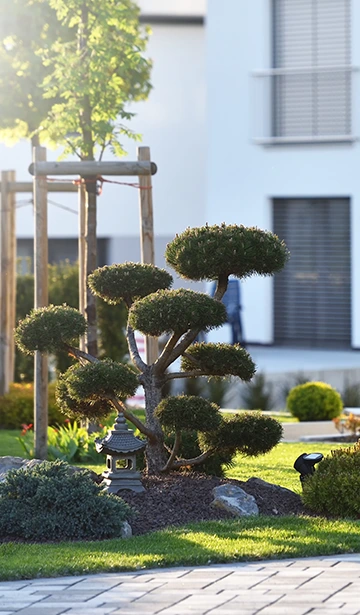
Create a green and welcoming interior
Discover how to incorporate plants and greenery into your home to create welcoming, soothing, and vibrant spaces.
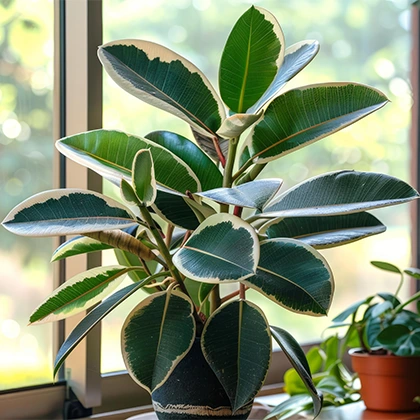
Ficus
The Ficus is an elegant, easy-to-maintain houseplant that brings a touch of lush greenery to your space.
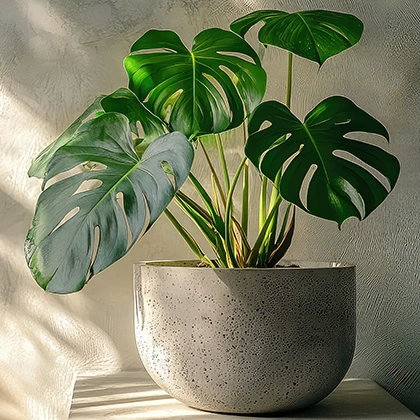
Monstera deliciosa
The Monstera deliciosa captivates with its large, unique, dissected leaves, perfect for a modern, green interior.
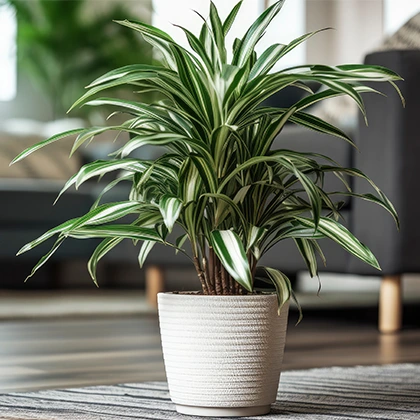
Dracaena
The Dracaena is a robust plant with slender foliage that purifies the air and adapts easily to indoor conditions.
Cultivating indoor greenery
The practice of growing plants indoors, known as indoor gardening, requires an understanding of specific environmental needs.
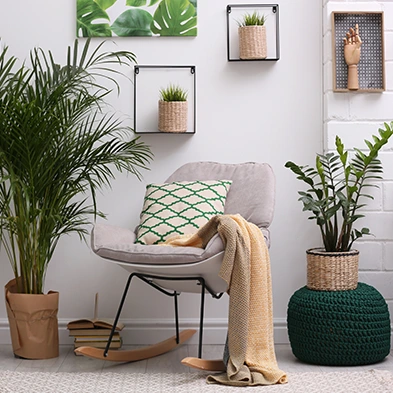
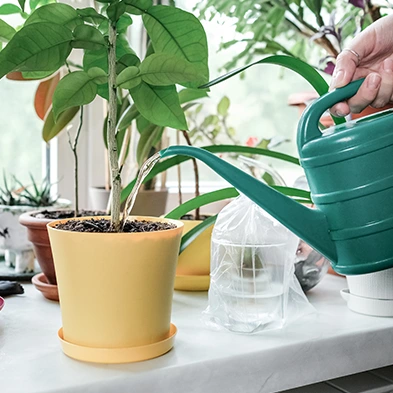
Key factors for plant health
Success with houseplants depends on balancing light exposure, watering frequency, soil composition, and ambient humidity levels.
The dynamics of outdoor gardens and ecosystems
Outdoor gardening involves the cultivation of plants in a natural setting, where they interact with the local climate, soil, and wildlife. This process ranges from growing ornamental flowers and shrubs to producing edible crops in vegetable patches. Understanding soil composition, including its pH level and nutrient content, is fundamental to selecting appropriate plants and ensuring their healthy development. Gardeners must also consider regional hardiness zones, which define a plant’s ability to withstand the local climate’s minimum temperatures, particularly during its dormancy period in winter.
Effective garden management includes practices like mulching to retain soil moisture and suppress weeds, as well as companion planting, which involves placing mutually beneficial plants near each other to deter pests and improve growth.
Decorative plants to enhance your interior
Decorative foliage plants
Their beauty lies in their leaves of various shapes, colors, or patterns, such as the Calathea or the Alocasia.
Flowering plants
They bring color and fragrance to the interior, such as the Orchid, the Spathiphyllum, or the Anthurium.
Succulent plants and cacti
Easy to care for, they are graphic and modern, such as the Aloe vera, the Echeveria, or the Cactus.


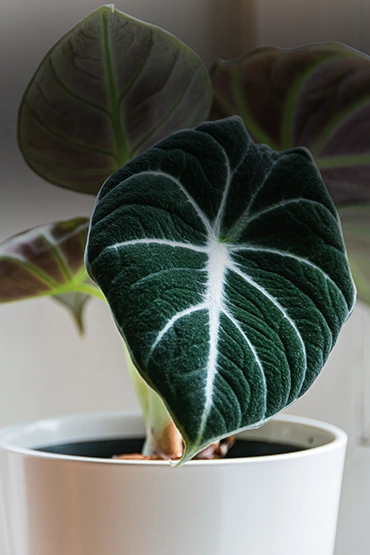
Alocasia captivates with its large, elephant-ear-shaped leaves, bringing a tropical and elegant style to your home.
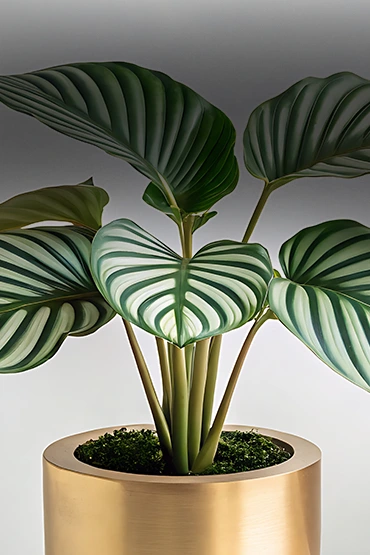
Calathea orbifolia stands out with its large, striped, graphic leaves, ideal for a bright and decorative interior.
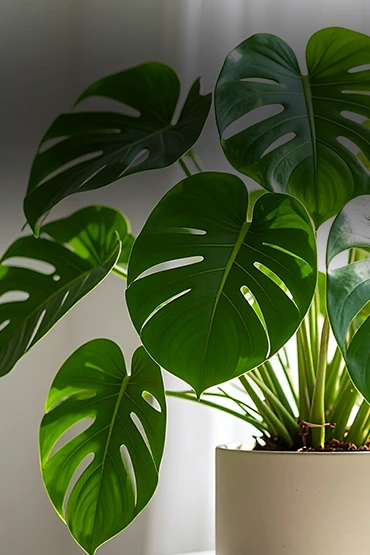
Monstera adansonii, with its unique perforated leaves, adds an exotic and modern touch to any space.
The art of landscaping
Landscaping transforms an outdoor space into a harmonious, functional, and aesthetically pleasing setting. It’s not just about planting flowers or trees, but about creating an environment that combines beauty, comfort, and practicality. Good landscaping takes into account the climate, terrain, light, and uses of each area to create a welcoming and sustainable outdoor space.
01
Planning and design
Before planting, it is essential to consider the layout of areas, paths, and decorative elements. Proper planning optimizes space and ensures aesthetic consistency between the different parts of the garden.
02
Choosing the right plants
Selecting plants suited to the climate, soil, and exposure ensures their growth and longevity. Alternating evergreens, flowering plants, and shrubs creates visual balance and provides varied textures and colors.
03
Regular maintenance
Successful landscaping requires regular maintenance: watering, pruning, fertilizing, and weeding. These actions ensure the health of plants and maintain the beauty and order of the outdoor space.
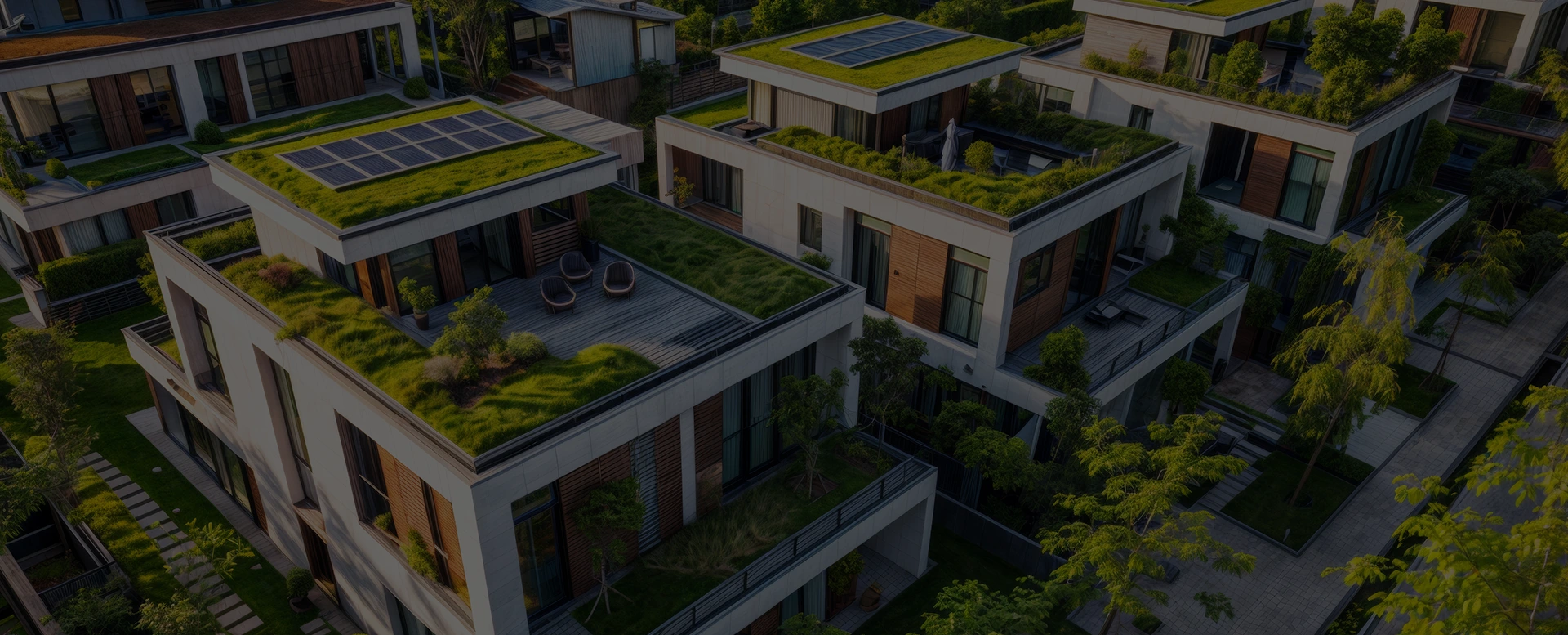
Greening the city
Plant-based design for urban spaces
Transforming urban spaces into veritable havens of greenery improves residents’ quality of life while promoting biodiversity. These green oases, whether public gardens, green roofs, or planted walls, provide places for relaxation, gatherings, and well-being. They also help purify the air, regulate temperature, and reduce ambient noise, while making the city more aesthetically pleasing and welcoming. By intelligently integrating nature into urban planning, it becomes possible to create environments that are both functional and pleasant, where nature and city life coexist harmoniously.
Preserving nature and ecosystems
Acting to protect natural habitats and species helps maintain ecological balance and ensure a healthy environment for future generations.
Preserve and restore natural
habitats
Conserve forests, wetlands, grasslands, and coral reefs, and restore degraded ecosystems to provide refuge for wildlife.
Limit the use of
chemicals
Reduce the use of pesticides, herbicides, and chemical fertilizers that destroy species and disrupt food chains by promoting sustainable agricultural and horticultural practices.
Promote biodiversity in urban environments
Plant trees, create gardens and green spaces, and install insect hotels or birdhouses to support local wildlife and maintain ecological balance in cities.
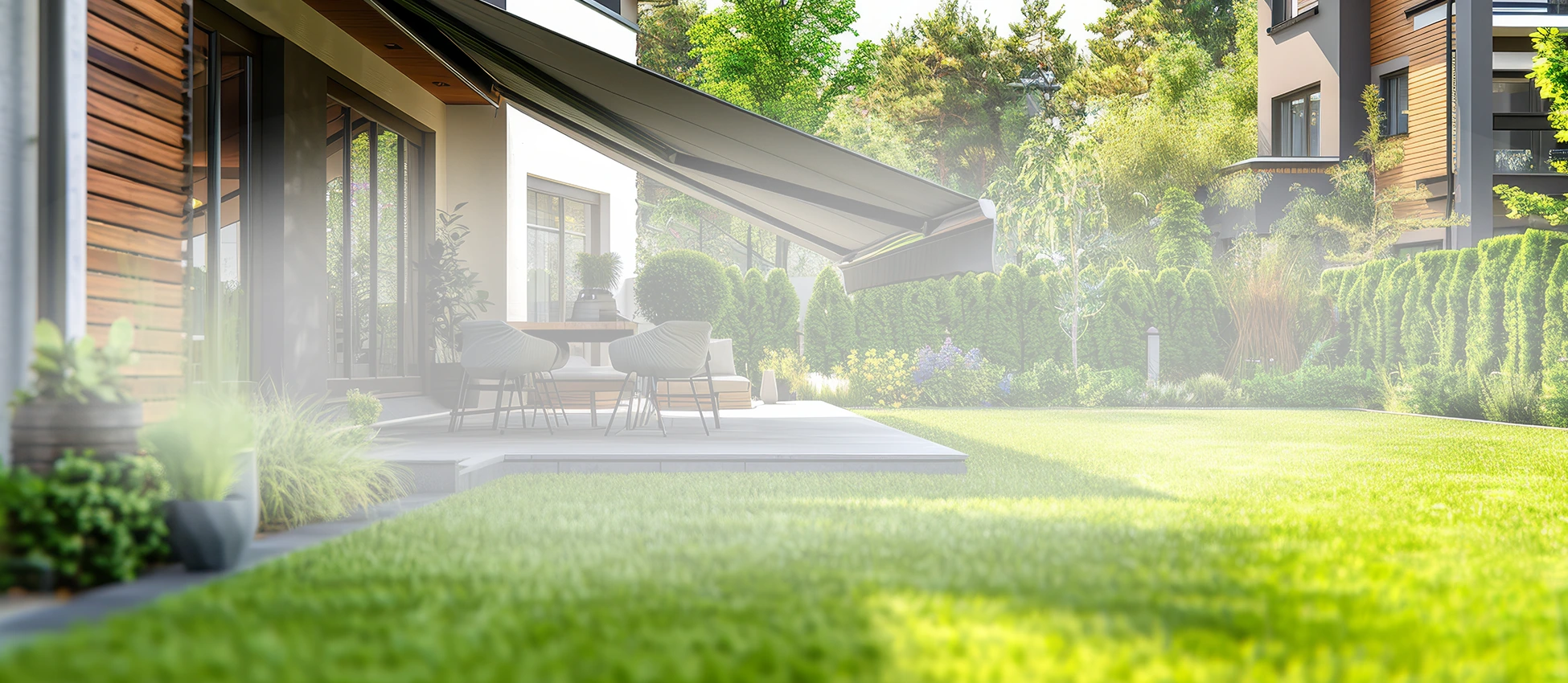
Caring for your plants
Maintaining and beautifying your green spaces
To maintain pleasant and functional green spaces, it’s essential to combine regular maintenance and thoughtful landscaping. Watering, pruning, and fertilizing plants ensure their health and growth, while choosing plants suited to the climate and soil provides diversity and aesthetic appeal. Adding decorative elements such as paths, flowerbeds, or water features creates harmonious and welcoming spaces. With constant attention and a few simple steps, your green spaces become not only beautiful to look at, but also places conducive to relaxation and well-being.